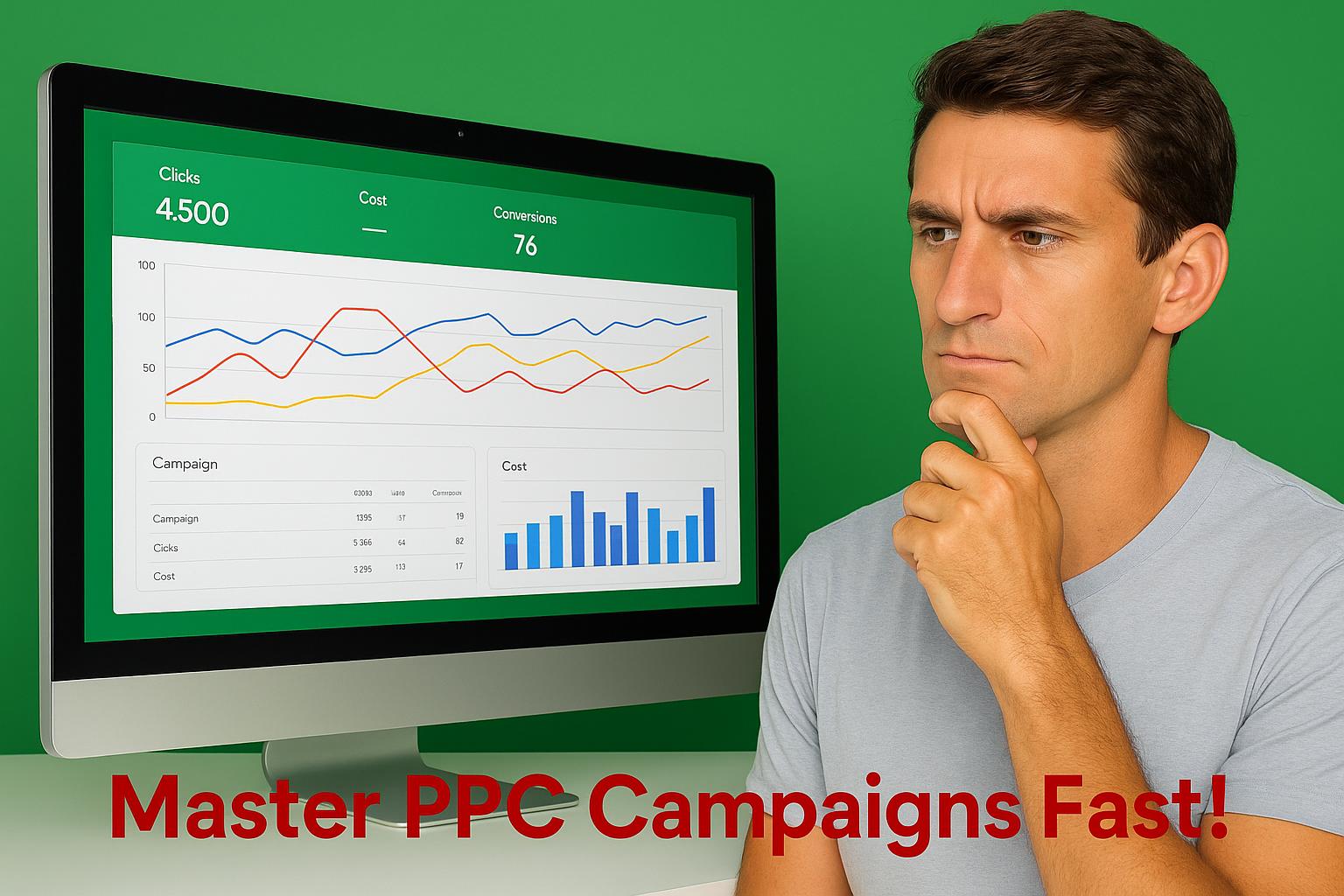
The Hidden Math Behind PPC Ads: How Companies Turn Clicks Into Profits
In the fast-paced world of digital marketing, understanding the hidden math behind PPC search ads is essential for turning clicks into profits. Companies leveraging platforms like Google paid search ads and Google advertise ads know that there’s more than meets the eye when it comes to crafting a successful campaign. The art of PPC is a dance between creativity and analytics, where every click is meticulously calculated to ensure a positive return on investment. Let’s dive into the numbers game and explore how businesses are maximizing their ad spend.
- Calculating cost per click (CPC)
At the heart of every PPC campaign is the cost per click, or CPC. This metric determines how much advertisers pay each time a user clicks on their ad. The CPC is influenced by factors like keyword competitiveness, quality score, and bidding strategies. By optimizing these elements, companies can lower their CPC and stretch their ad budgets further. It’s a delicate balance of outbidding competitors while maintaining cost-effectiveness.
- Understanding conversion rate
Clicks are great, but conversions are the ultimate goal. The conversion rate is the percentage of users who complete a desired action after clicking an ad, such as making a purchase or signing up for a newsletter. A high conversion rate indicates that the ad and landing page are effectively persuading users to take action. Companies use A/B testing and analytics to tweak their ads and landing pages, ensuring they resonate with their target audience and drive conversions.
- Maximizing return on ad spend (ROAS)
Return on ad spend (ROAS) is the key metric that reveals the profitability of a PPC campaign. It measures the revenue generated for every dollar spent on advertising. A ROAS of 4:1, for example, means that for every dollar spent, four dollars are earned back. To maximize ROAS, companies focus on targeting the right audience, using compelling ad copy, and optimizing their bids. The goal is to generate the highest possible revenue from the lowest possible ad spend.
- Leveraging quality score
Google’s quality score is a crucial component of the PPC equation. It assesses the relevance and quality of an ad and its landing page, affecting both ad position and CPC. A higher quality score can lead to lower CPCs and better ad placements, making campaigns more cost-effective. Advertisers improve their quality scores by ensuring their keywords, ad text, and landing pages are closely aligned and provide value to users.
- Utilizing negative keywords
Negative keywords are the unsung heroes of PPC campaigns. They prevent ads from showing up in irrelevant searches, saving companies money on wasted clicks. By analyzing search query reports and identifying terms that don’t align with their goals, advertisers can refine their targeting and improve their campaign’s efficiency. This strategic use of negative keywords helps in maintaining a high conversion rate and a strong ROAS.
In conclusion, the math behind PPC ads is a fascinating blend of strategy, analytics, and creativity. By understanding and optimizing metrics like CPC, conversion rate, ROAS, quality score, and leveraging negative keywords, companies can turn their clicks into profits. It’s a continuous cycle of testing, learning, and adapting to the ever-changing digital landscape. Mastering these elements allows businesses to not only compete but thrive in the competitive world of PPC advertising.
